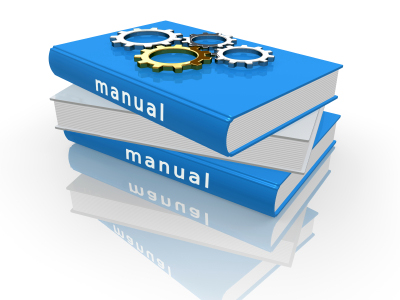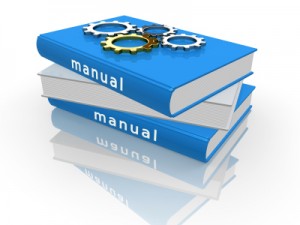 With the expansion of the Internet, it is increasingly important for a company to effectively communicate with a larger audience to help grow its brand. Technical translation and industry specific interpretation services are in high demand as the bar is raised to convey the advantages of that firm’s product or services to a global market.
With the expansion of the Internet, it is increasingly important for a company to effectively communicate with a larger audience to help grow its brand. Technical translation and industry specific interpretation services are in high demand as the bar is raised to convey the advantages of that firm’s product or services to a global market.
What is interpretation?
While interpretation is specifically defined as the action of explaining the meaning of something, in a business model, interpretation actually has a much deeper meaning. The term interpretation, itself, will be interpreted differently from individual to individual, depending on his or her previous experiences, education and cultural background. As a result, interpretation cannot simply be a translated presentation of the information, but considers the receivers’ cultural and social heritage; often involving the use of visual aids and objects that would be more familiar to the target audience. Interpretation essentially requires the presenter to have a keen understanding of the audience and the content’s cultural conversion.
What is translation?
Translation is crafting the written message in the target audience’s language. While interpretation orally conveys the content considering the audience’s cultural thought patterns, translation does not have the flexibility of impromptu social considerations. Technical translation follows a structured protocol to fluently and grammatically impart information in a language different than content’s source language. This is where the art of translation is demonstrated as the mark of an excellent translator is the inability of the reader to know it is a translation.
The process of translation
Though one may think that technical translation is a cold, impersonal one to one correlation, it most definitely is not. Often in technical translation, the translator is a technical writer who has the training to not only repackage the information effectively but has the perception to choose the most appropriate, current terms to connect with the audience.
While there are some machine-assisted translation options, these automated processes do not generally have an audience ready output especially when grammar and cultural sensitivity of the information is important. They will, more often than not, come across sounding like an awkward translation – which may marginalize the message. As a result, human interaction throughout the technical translation process will be seen as essential.
Differences between translation and interpretation
Interpretation is performed face to face or in a real time setting as opposed to technical translation which is edited, scrutinized and reviewed over a period of time. The translator is also able to make use of tools such as reference material, specialized glossaries and translation memories. Therefore the expectations of an interpretation are less rigid than translation, which is expected to be absolutely accurate and correct.
Another key difference between the two is the fact that an interpreter needs to be extremely fluent in both, the source language as well as the targeted language, to effectively interpret the information. Most agencies require a translator to translate text from a source language into his or her native tongue and work with an editor who is also fluent in both languages. The two will work together to craft the text while the interpreter works alone.
All in all, understanding the difference between the services of an interpreter and a translator is an essential part of being able to properly identify your business communication needs.





